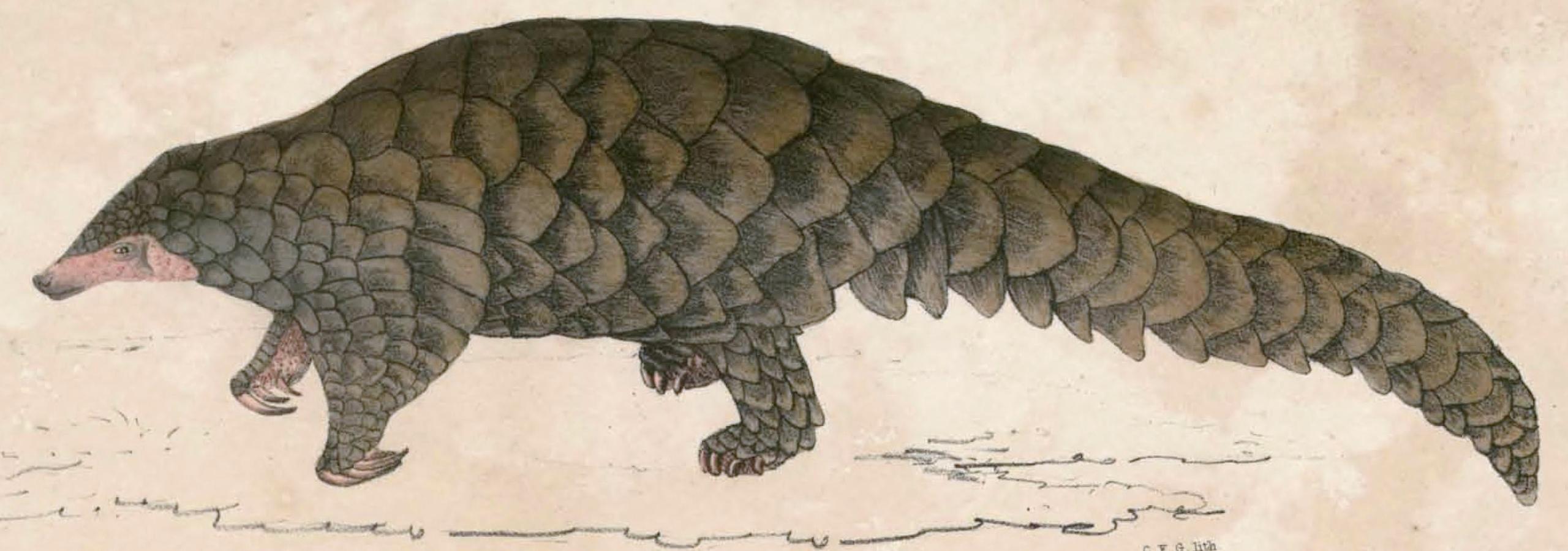Check out our entire series explaining the science involved in the coronavirus pandemic. Sign up to receive our coronavirus update each week.
How did COVID-19 originate? Is the pangolin to blame for the current pandemic?
These questions came from one of our readers, and I thought that this would be a great topic for teachers interested in discussing disease transmission (especially if they, like me, can't resist discussing unusual animals in their classrooms).
The best way to start this discussion is chronologically: show your students the original press release on February 7, 2020, from South China Agricultural University that pinpointed the pangolin as a likely source of COVID-19. Within hours, multiple websites across the world started featuring articles and video clips about the possibility of the pangolin being the intermediate host of COVID-19's zoonotic transmission to humans.
But here's the issue: this was a press release, not a peer-reviewed scientific study. In fact, according to Nature, the scientific community cautioned against targeting the pangolin so quickly because the evidence needed to establish the animal-to-human transmission pathway had yet to be confirmed by multiple sources.
The situation with the pangolin is a classic example of how social media can actually do more harm than good when there are too many unknowns to make accurate, evidence-driven conclusions. Could the pangolin be an intermediate host to COVID-19?—Yes. Has this fact been established by the scientific community definitively?—No. In fact, at this time, the only animal that clearly shows ties to the SARS-like coronaviruses is the bat. But genetic analyses of the entire genome of the most closely related bat coronavirus shows only a 96% match to the COVID-19 virus, meaning that there are still many questions to be answered about the origin of this new coronavirus. The close relatedness is enough to indicate that bats are the COVID-19 virus's natural reservoir, but not enough to establish the direct pathway from bats to humans (or how many intermediate hosts there were, if any).
Find out more information on COVID-19 and its connection to wildlife.
So what's the big deal?
All eight species of pangolin are considered to be endangered or threatened as they are, according to numerous sources, the most illegally trafficked animal on the planet. When SARS was linked to civets back in 2004, mass executions of the weasel-like species took place due to fears among the Chinese people. Pangolins cannot afford such mass extermination because poachers have already wiped out the majority of the Asian species of pangolin and are currently decimating the populations of African pangolins as a new source for the meat and scales of this unusual animal. These animals'keratin scales are thought to have magical powers and are still widely sought among Asian populations as folk remedies. Not to mention that the meat is considered a delicacy and can sell for as much as $350/kilo.
Please keep in mind one important thing when discussing pangolins with your students: it isn't appropriate to blame an animal for the transmission of a virus. If anything, humans are to blame: human encroachment on animal habitats is the primary factor in creating the conditions that allow for this type of transmission. Pangolins and bats—known world-wide as natural reservoirs for an array of coronaviruses like those that cause SARS—are not to blame. The enforcement of better regulations and environmental controls for human/animal interactions, including at wet markets where wild animals are bought and sold, is necessary to cut down on these types of zoonotic disease transmissions.


